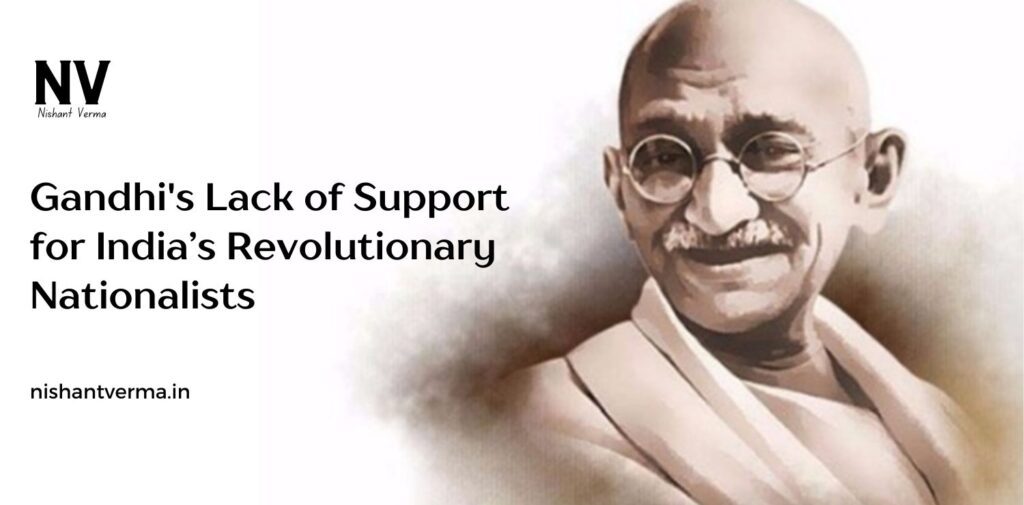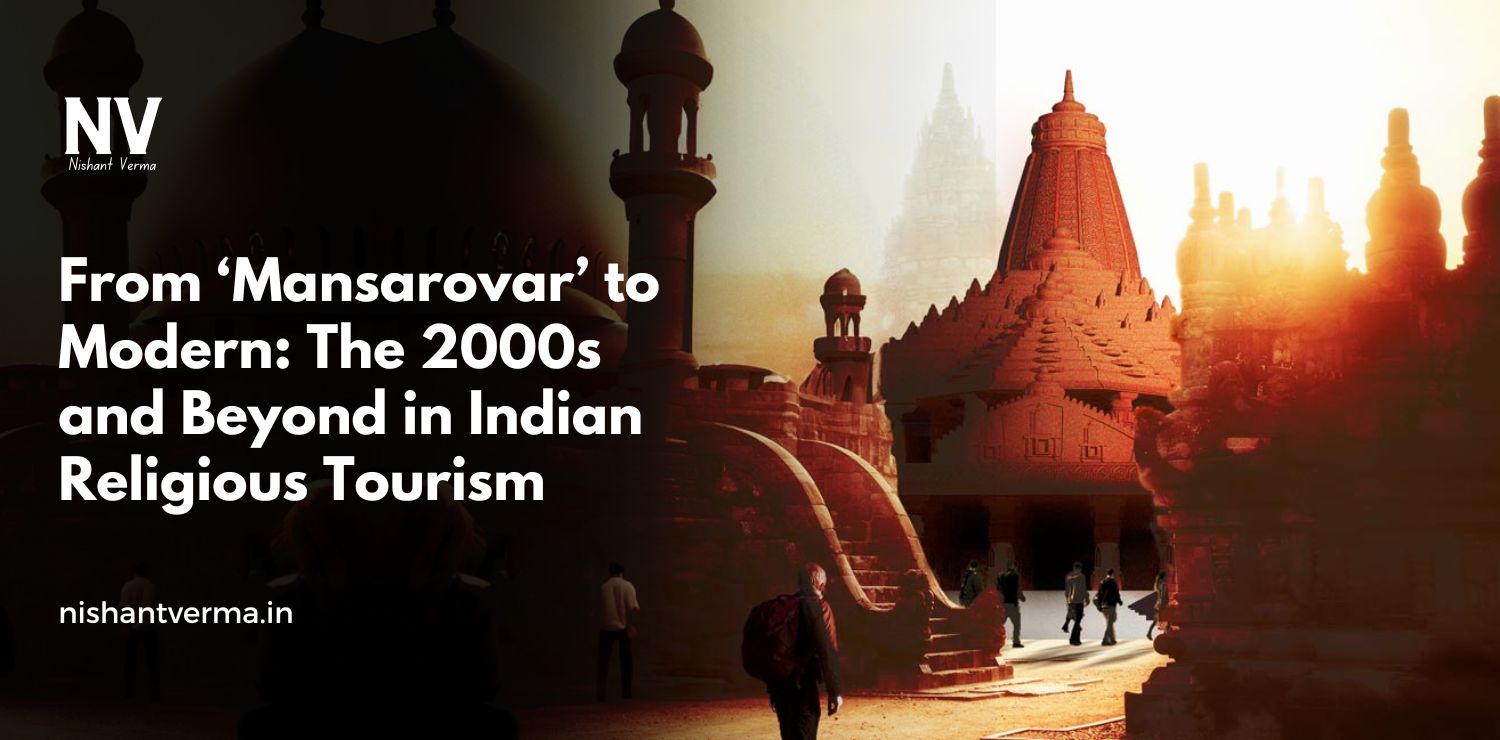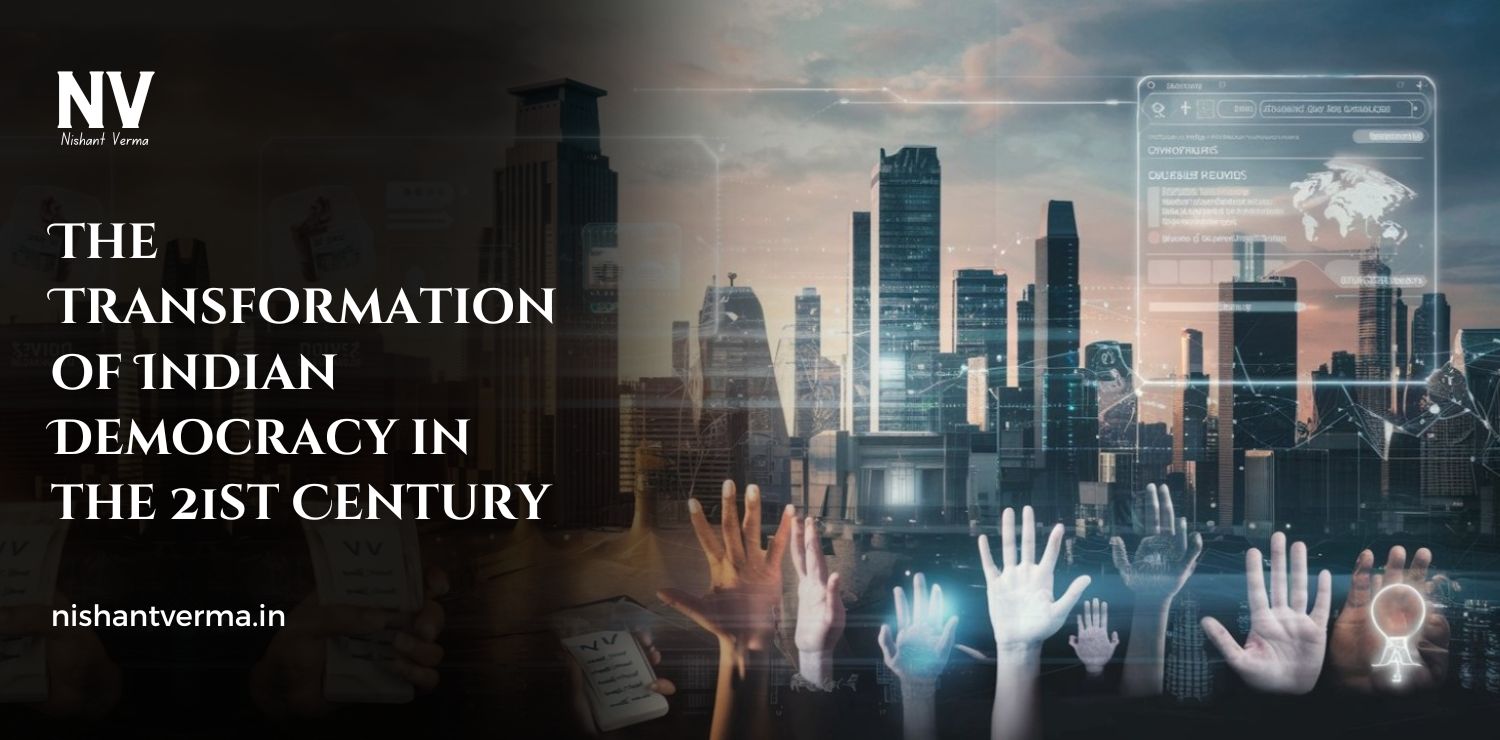The Indian freedom struggle was a complex and multifaceted movement, with different leaders and groups using various approaches to fight against British colonial rule. Among these, Mohandas Karamchand Gandhi, widely known as Mahatma Gandhi, is often regarded as the most influential figure due to his commitment to non-violent resistance and civil disobedience. However, despite his immense popularity and leadership, Gandhi’s stance towards the revolutionary nationalists—who advocated for more aggressive methods of resistance—was largely critical and dismissive. This lack of support for India revolutionary nationalists has been a point of controversy and debate in Indian history.
Understanding the Revolutionary Nationalists
India’s struggle for independence wasn’t just about peaceful protests and non-violent movements. Revolutionary nationalists, often inspired by the ideals of radical freedom fighters from around the world, believed that violent methods were necessary to achieve independence. They felt that non-violence was too slow and ineffective in challenging the British Empire, which ruled with an iron fist.
These revolutionaries were inspired by the idea of direct action, which included bombings, assassinations, and armed confrontations with the British authorities. Some of the most well-known revolutionary nationalists were Bhagat Singh, Subhas Chandra Bose, Khudiram Bose, and many others. Their acts of defiance, like the famous Jallianwala Bagh massacre in 1919 and various bombings, were aimed at shaking the British regime and demonstrating the anger of the Indian people.
While these revolutionaries were seen as heroes by many Indians for their courage and sacrifices, they were not widely supported by Gandhi. His philosophy of non-violence (Ahimsa) led him to disagree with their violent methods of resistance.
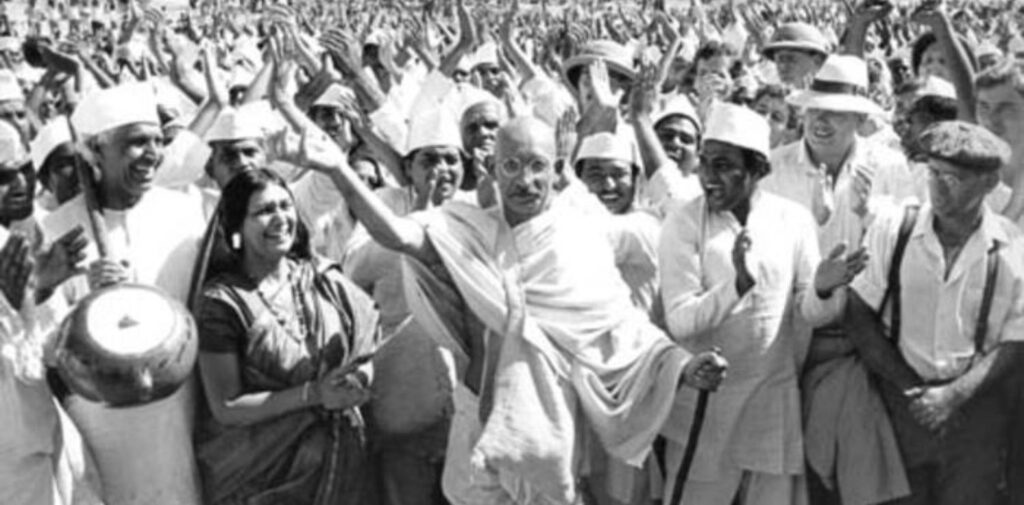
Gandhi’s Philosophy of Non-Violence
Mahatma Gandhi’s non-violent philosophy was rooted in the idea that true freedom and justice could only be achieved through peaceful means. He believed that violence would only lead to more violence and would perpetuate a cycle of hatred and bloodshed. Instead, he proposed non-violence as the most powerful weapon against the British colonial rulers. For Gandhi, non-violent methods such as peaceful protests, boycotts, and civil disobedience were the best ways to confront the British without causing harm to anyone.
He called his method “Satyagraha,” which translates to “truth force” or “soul force.” Satyagraha was based on the belief that if individuals remained true to their cause and followed the path of non-violence, they could force the British to leave India. Gandhi’s approach was grounded in the idea that violence could never bring about lasting change, and that only peaceful and moral methods could ensure a just future for the country.
Gandhi’s View on Revolutionary Nationalists
While Gandhi admired the commitment and patriotism of the revolutionary nationalists, he disagreed with their methods. He was firmly against the idea of violence, which he believed would only harm the very cause they were trying to promote. For Gandhi, the ends could never justify the means, no matter how noble the cause. His deep commitment to non-violence made him feel that the revolutionary nationalists’ actions—such as bombing British officials or assassinating them—were counterproductive and went against the very principles of humanity.
Gandhi was also concerned that the violence used by revolutionaries would result in unnecessary loss of life, both among the British and the Indian people. He feared that such actions would create a sense of fear and bitterness, making it more difficult to achieve true independence. In his mind, non-violence was the only way to ensure that India’s independence would be achieved without causing harm to anyone, including the British.
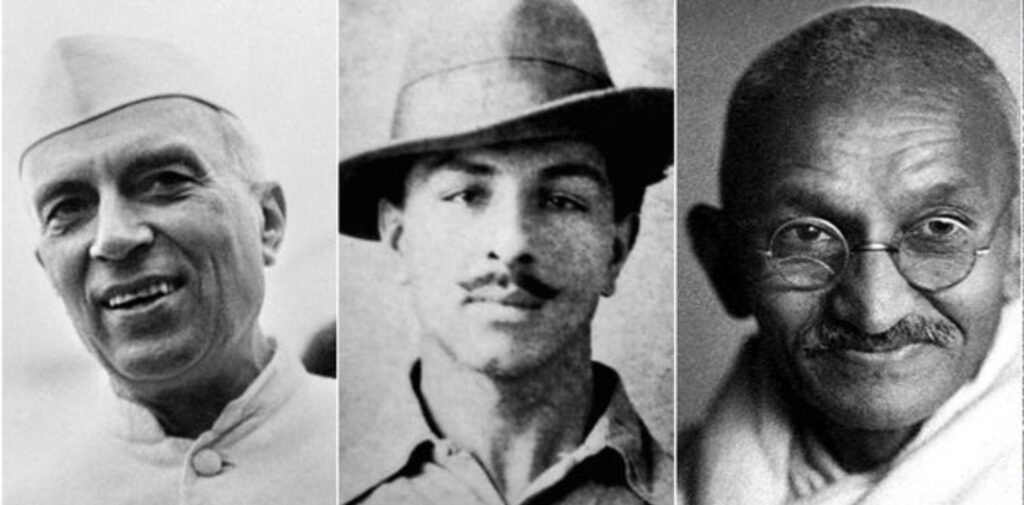
Gandhi’s Disagreements with Bhagat Singh and Others
One of the most notable revolutionary nationalists was Bhagat Singh, whose actions became symbolic of the younger generation’s desire for immediate action against the British. Bhagat Singh and his associates were deeply influenced by socialist and Marxist ideologies and believed that violent resistance was necessary to achieve freedom. Bhagat Singh, for instance, was involved in the bombing of the Central Legislative Assembly in 1929 and the assassination of J.P. Saunders, a British police officer.
Gandhi was highly critical of Bhagat Singh’s actions. Despite acknowledging his patriotism, Gandhi opposed his violent methods. In 1930, Bhagat Singh was arrested, and during his trial, he was sentenced to death by hanging. Gandhi, though he sympathized with Bhagat Singh’s cause, did not intervene to save him. The execution of Bhagat Singh became a significant moment in the history of India’s struggle for freedom. While many saw Bhagat Singh as a martyr, Gandhi’s lack of support for him led to criticism of his leadership style. Gandhi’s insistence on non-violence made him reluctant to take a stand in favor of the revolutionary nationalists.
Gandhi’s Political Strategy vs. Revolutionary Methods
Gandhi’s approach to Indian independence was more gradual and aimed at building unity among different sections of society. He believed in working with the British government through negotiation, rather than conflict, as a means of achieving Indian self-rule. He hoped that by showing the British the strength of India’s unity and moral superiority, they would eventually leave India voluntarily.
In contrast, the revolutionary nationalists were impatient with this slow-moving process. They believed that the British would never voluntarily give up their colonial power and that armed resistance was the only way to force them out. Their impatience with Gandhi’s method of non-violence led to a fundamental divide between the two groups. Gandhi, on the other hand, believed that revolutionaries were too focused on short-term victories and did not understand the importance of achieving a lasting peace based on moral principles.
The Impact of Gandhi’s Stance
Gandhi’s lack of support for the revolutionary nationalists did not diminish their contributions to India’s freedom struggle. In fact, their sacrifices played a crucial role in inspiring millions of Indians to rise against British rule. However, Gandhi’s refusal to support their violent methods created a deep divide within the Indian independence movement. While Gandhi was able to rally millions of people behind his non-violent campaign, the revolutionary nationalists often felt sidelined and ignored.
The lack of unity between these two factions of the independence movement also made it harder for the country to present a united front to the British. This division was evident even during the years leading up to India’s independence in 1947. Some revolutionary leaders, like Subhas Chandra Bose, eventually chose to align themselves with external forces like the Axis powers during World War II, believing that only through force could India achieve freedom. Gandhi, however, remained steadfast in his belief that non-violence was the only path forward.
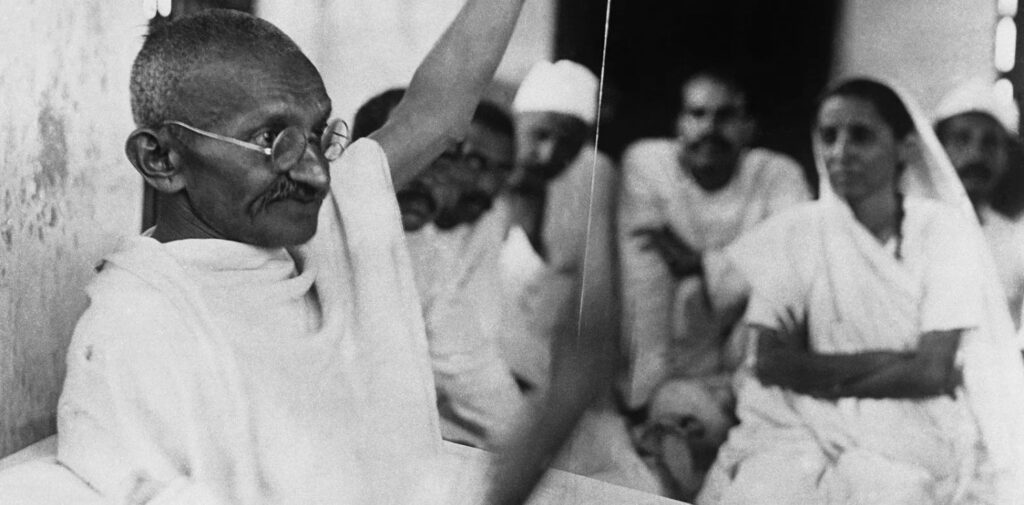
Why Gandhi’s Non-Violence Remained a Strong Force
Despite the growing disillusionment with his policies among some segments of the independence movement, Gandhi’s philosophy of non-violence continued to resonate with the masses. The non-violent campaigns led by Gandhi, such as the Salt March and the Quit India Movement, succeeded in garnering widespread support across the country. Gandhi’s approach allowed him to appeal to people from all walks of life—rural and urban, rich and poor, Hindus and Muslims—creating a broad-based movement for independence.
In the end, Gandhi’s approach won out, and India achieved independence in 1947 through a non-violent struggle. However, the revolutionary nationalists, though acknowledged for their heroism and sacrifice, were never fully embraced by Gandhi or the broader Indian independence movement led by the Congress Party.
Conclusion: India Revolutionary Nationalists
Gandhi’s lack of support for India revolutionary nationalists remains a contentious issue in the history of India’s freedom struggle. While his non-violent philosophy helped India achieve independence through peaceful means, his rejection of revolutionary violence alienated many of the country’s most passionate and committed freedom fighters. Despite this, both Gandhi and the revolutionary nationalists played crucial roles in the eventual defeat of British colonialism in India. Today, their contributions are remembered, with each group having left a distinct mark on the country’s path to independence.

